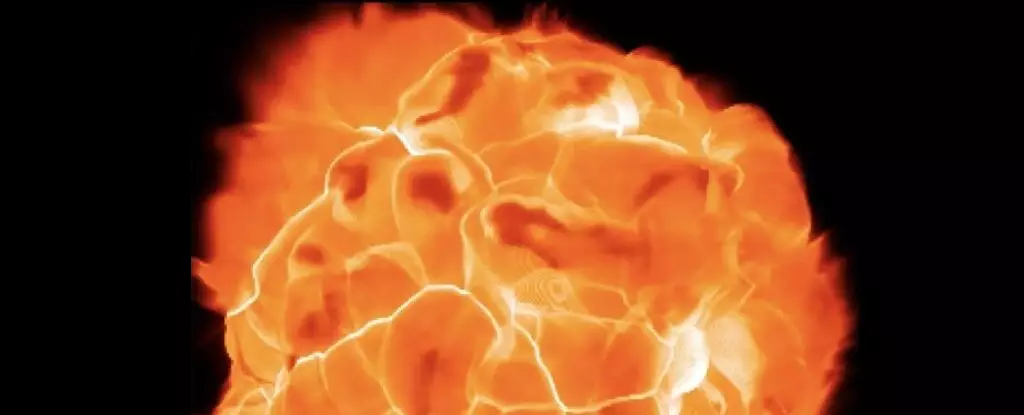Betel-gurz or Beetle-juice, commonly known as Betelgeuse, has captured the fascination of amateur astronomers for years. This red supergiant variable star, located in the constellation Orion, has recently gained even more attention due to its unexpected dimming phenomenon. Despite its prominence in the night sky and its known variability, Betelgeuse has managed to surprise researchers with its unique behavior.
The dimming of Betelgeuse, which occurred towards the end of 2019 and returned to normal in the first half of 2020, raised many questions among the scientific community. This event, now referred to as ‘The Great Dimming,’ prompted investigations into the possible causes behind this unusual behavior. One plausible explanation put forward in a recent paper suggests the presence of a companion star with 1.17 solar masses.
According to the findings, this companion star would need to have an orbit approximately 2.43 times the radius of Betelgeuse. The presence of such a star could lead to the modulation of dust in the surrounding region, thus causing the observed variations in brightness. This theory not only sheds light on the mystery of Betelgeuse’s long-term variability but also challenges existing notions about the evolution of this massive star.
As one of the brightest stars in the night sky, Betelgeuse’s behavior offers a unique opportunity for astronomers to study the life cycle of massive stars. The existence of a low-mass companion star, named Ori B, could significantly impact our understanding of Betelgeuse’s evolutionary path. If Ori B is confirmed to be the cause of the star’s variability, it would suggest that Betelgeuse might not be as close to a supernova event as previously thought.
While Betelgeuse is expected to go supernova at some point in the future, the discovery of a companion star introduces a new perspective on its timeline. Instead of an imminent explosion, the presence of Ori B suggests that we may have more time to observe and study Betelgeuse before any significant events occur. This revelation adds a layer of complexity to our understanding of stellar evolution and highlights the ongoing mysteries of the universe.
Betelgeuse continues to captivate astronomers with its enigmatic behavior and unexpected dimming. The recent discovery of a potential companion star opens up new possibilities for unraveling the mysteries surrounding this red supergiant. As researchers delve deeper into the nature of Betelgeuse and its fluctuations, we inch closer to a more comprehensive understanding of the complex processes that govern the life and death of massive stars in our galaxy.


Leave a Reply